Toyota Motor Corporation has secured investment in future technologies by globally unifying vehicular platforms and processes.
Story by: Ashish Bhatia and Deepti Thore
Toyota Motor Corporation is not new to building vehicles on common platforms with common parts. Pursuing a global unification strategy to consolidate vehicular platforms and processes, it largely revolves on the principle of securing investment for future technologies with the help of cost-savings from the present. After all, the erstwhile business practice of appointing an independent chief engineer to each new model project and meet local demands had led to the company accumulating 100 platforms and sub-platforms in the original equipment manufacturer’s lineup. On the components front, the number of powertrains to cater to these platforms was pegged at 800 making it hard for Toyota to improve the universe of models during its production lifespan. Speaking at the FY2020 results announced on May 12, 2020, averred Akio Toyoda, President, Toyota Motor Corporation,“Just before the global financial crisis, while operating income increased due to favourable exchange rates and increased vehicle sales, our earnings structure excluding the effect of foreign exchange rates was not good by any means due to a large increase in fixed costs.”
In the four years up to March 2013, the company according to Toyoda drastically reduced R&D expenses and capital expenditures. The amount allocated for R&D in the current running term appears to be roughly the same level of investment as the prior fiscal year, of about JPY 1.1 trillion. For the fiscal year ending in March 2021, the company is expected to invest JPY500 billion. In the seven years up to March 2020, while the fixed costs increased due to investments in response to CASE, the company strengthened its composition and absorbed costs of these investments through the reduction in expenses. The change in strategy, known to have been inspired by the financial crisis of 2008, most would agree has fructified. In late 2015, the Toyota New Global Architecture built on the ethos of the Toyota Production System bolstered the use of standardised parts and components in a bid to simplify the development cycle on the whole. The company opined Toyoda, has freed itself from a hitherto theory constructing a new Toyota in a new era. Toyota today produces an estimated three million units in the domestic market, in Japan and an additional six million units overseas.
Platform unification
Redefining lay-out rules for the position of different state-of-the-art components, the TNGA platform simplifies vehicle design in key areas without compromising the styling qualities which in turn give each vehicle its individual character and appeal. Making it possible to produce multiple models from the same line, the TNGA platform is claimed to help accommodate changes in design and specifications in a much simpler and quicker way. In this manner, spending too much time on millimetre-adjustment to define the most suitable design and arrangement of the components to achieve the optimum driving position in every new model is no longer a major concern area at Toyota. For instance, providing an ergonomically ideal combination to suit the vehicle, in line with the floor height provided by the platform, the company is now able to refine each layout with detailed adjustment to the pedal and pedal operation angles. It is also able to refine the position and angle of the steering column.
Bringing in a new approach to the design of the engine compartment, the platform enables placing of components lower down in a more rationally organised space. This further improves safety by giving the driver a clearer forward view and lowering the car’s centre of gravity for better handling and stability. The common components shared among different vehicles in different segments significantly reduces the number of different parts that have to be designed, manufactured and supplied. Claiming that the platform reduces the amount of manpower required for vehicle development by 20 per cent, the manufacturer has been able to reduce the level of investment required for bringing new products to market. It has also increased the competitiveness and flexibility of Toyota’s existing manufacturing plants.
The new modular platform GA-B joined the GA-C and GA-K platforms in 2019. Aimed at small cars, the new chassis is known to use rigid underbody and shave off significant weight. Highly modular with a variable wheelbase, track width and height, it is speculated to underpin the next-generation Yaris. Another iteration of the modular GA-B platform makes use of McPherson strut front suspension and is said to support either a torsion beam or a multi-link rear suspension basis the application. Vehicles with a low height and wide stance are expected to be derived from the latter.
e-TNGA platform
A pure electric platform, the e-TNGA is said to be key to Toyota’s future range of BEVs. As per reports, Toyota could use the platform to derive 10 models worldwide spanning across compact segment (in collaboration with Suzuki and Daihatsu), mid-size crossover SUV, mid-size sedan, minivan, and a mid-size SUV (in collaboration with Subaru). A large SUV is also in the fray. Designed as a mixed platform specialising in electric drives, the platform supports a range of battery packs in combination with the rear, front and four-wheel drives. Partitioned into five modules including front module, centre module, rear module, battery and motor, e-TNGA platform uses conventional lithium-ion cells.
DNGA platform
Toyota Motor Corporation (TMC)’s fully owned subsidiary Daihatsu Motor Co. Ltd. (Daihatsu) is responsible for the unified development, procurement and production preparation for compact vehicles in case of emerging markets. Based on the Daihatsu vehicle architecture, known as DNGA, it is aimed at improving fuel efficiency and driveability besides driving lower costs. To ensure weight shavings, the architecture combines intensive high-tensile steel with resin outer panels. Said to score higher over previous platform generations, it offers roomier interiors and compact exterior dimensions.
Badge engineering
Platform rebadging or badge engineering is a means to share the platform between two OEMs without incurring the cost to build a vehicle ground up. For instance, TMC and Suzuki Motor Corporation under their pact to rebadge models in India are expected to spring a derivative of the Maruti Suzuki Vitara Brezza – Urban Cruiser with a few cosmetic changes. Signed in 2019, it has already led to the launch of rebadged Maruti Suzuki Baleno as the Toyota Glanza.
Process unification
In a makeover to the process of building cars, Toyota took to new generation factories, re-inventing production line, new production equipment, redesigning paint booths, techniques like laser screw welding to replace traditional spot welding, slush-moulded dashboards, one at a time bumper production to name a few. A structural innovation program, it entailed globally unifying process and assembly standards besides the unifying process and equipment specifications to enhance agility with a global architecture. Operating on the improvement tools and methods developed by Toyota under the Toyota Production System (TPS), the company has been achieving mass-production efficiency with a small production volume of a few thousand vehicles per year. TPS has become the basis for highly efficient ‘lean’ manufacturing in industries worldwide. It combines a balanced mix of human resources and robot technology for increased productivity. Operating on two principles: Jidoka and Just In Time manufacturing, the company has been able to successfully freeze on the size and position of key components within the standard new vehicle platforms. ACI



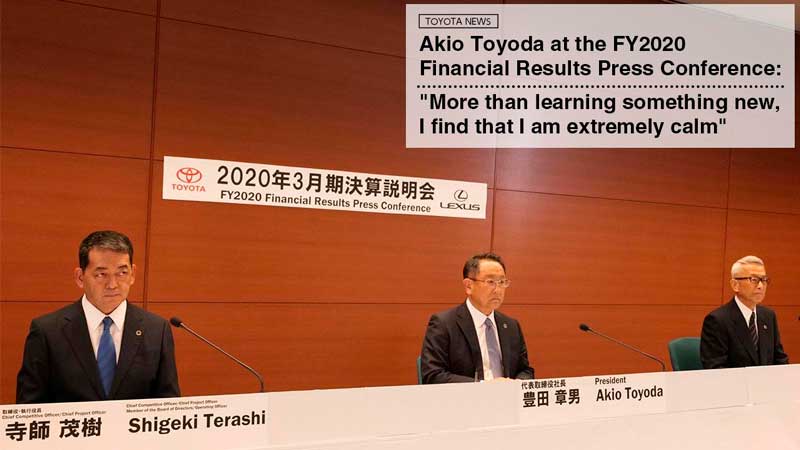

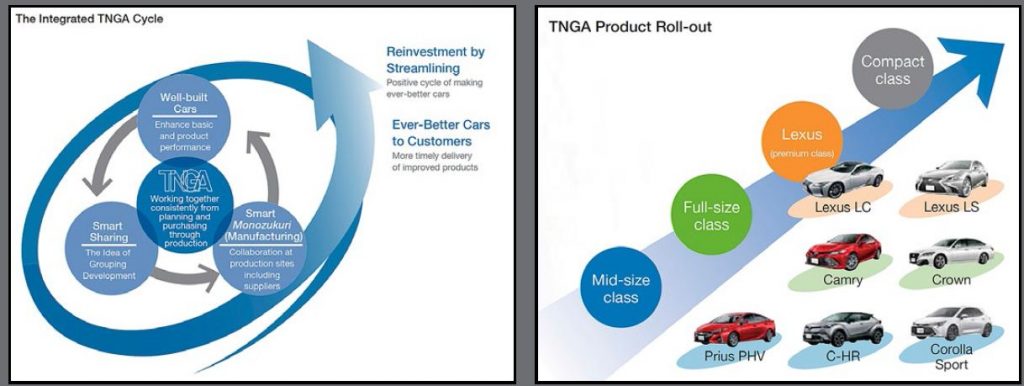
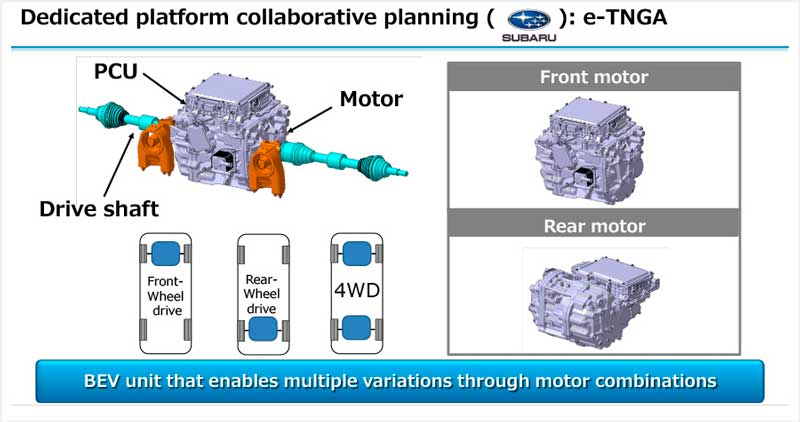
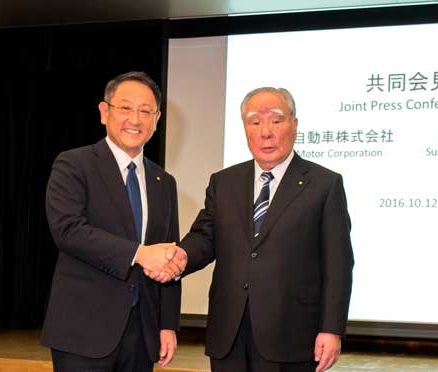
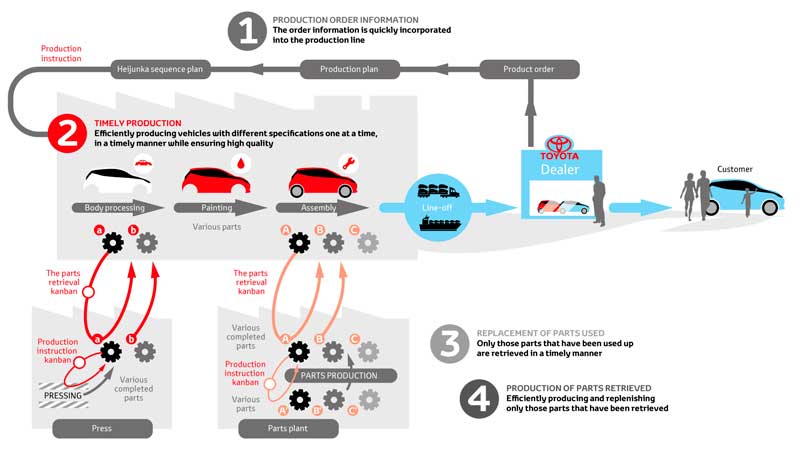








Leave a Reply